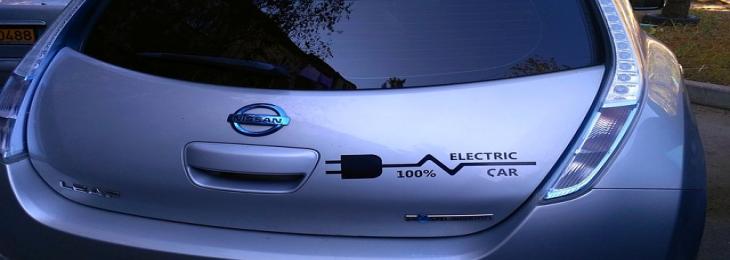
Nissan has announced that autonomous vehicles that are used to deliver equipment to its car plants have been now powered by second-generation batteries from the first-generation Leaf electric car.
Nissan started manufacturing the first generation Leaf battery electric car in the Oppama industry in 2010, and is now providing older batteries a second life for automatic vehicles in the factory. Robots follow a predetermined pattern at the floor of the factory due to the magnetic tracks to deliver items to the workers. So that they do not have to wander around looking for the missing part, and can focus on the work they are doing. The Oppama plant has around 700 automatic vehicles (AGVs) in operation, and over 4,000 already running in the industry around the world.
These delivery bots were powered by lead-acid batteries that needed to be replaced annually, instead of Nissan reported that around 8 years ago. Engineers were able to take lithium ion battery modules from a 24-kWh battery pack in the heart of the first generation of Leaf, and return them for use in AGVs. The company has now started using repurposed modules that is no longer able to effectively power an electric vehicle. The repurposed battery modules are expected to last 7 to 8 years on AGVs.
Charging stations are located in key locations throughout the factory, and as AGVs move around the floor of the factory, to stop for a quick top up. The idea is that their batteries will be heavily charged as they stop at charging stations located in a convenient location along the route. Nissan is now looking to retire on magnetic tracks in favor of offering advanced autonomous navigation systems for the AGVs. However, Nissan is not the only car company that wants to make better use of second-hand batteries, Renault, BMW, Volvo and more is looking at ways to reuse electric car batteries. However, there is something poetic about using old EV batteries to power the bots that help to produce new electric cars.






